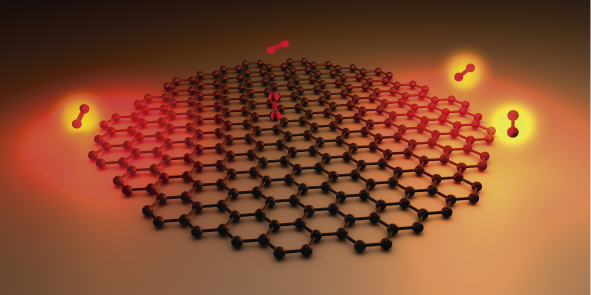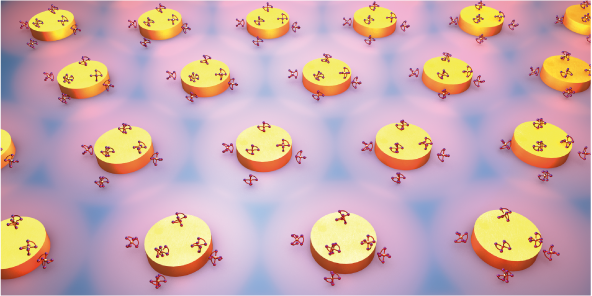Electrical Nanostructures Plasmon Polariton PhD Nano _ Microelectronics
Researcher and author: Dr. ( Afshin Rashid)
Note: The term polariton is used to oscillate metal-bound electrons when paired with incident beam phonons.
The name polariton was used for quasi-particles that were half-matter and half-photon, which is the state coupled between a photon of the primary excitation beam and the electrons of the metal, and the term Plasmon Polariton to express the cause of the coupling between a photon and Is a plasmon.The name polariton was used for quasi-particles that were half-matter and half-photon, which is the state coupled between a photon of the primary excitation beam and the electrons of the metal, and the term Plasmon Polariton to express the cause of the coupling between a photon and Is a plasmon. Surface plasmon polariton is an electromagnetic stimulus present on the surface of a fine metal. It is a two-dimensional inherent stimulus whose electromagnetic field decomposes exponentially at a distance from the surface. In the past, it would have been possible to study only scattered light (distant field) produced by the interaction of surface polarites with surface properties. Only with the development of near-field optical microscopy is it possible to measure the surface polarity field directly in the vicinity of the existing surface. Surface polarity scattering, interference, post-scattering, and localization, as well as the optical concepts of surface polarity and polaritonic crystals, are one of the most important features of Plasmon Polariton electrical nanostructures. Surface polaritons are finding increasing applications in traditional areas of surface description and sensors, as well as in emerging nanophotonic and optoelectronic technologies.
In general, Plasmon Polariton electrical nanostructures from first-order scattering theory include electromagnetic Green function tensors for an empty cavity that connects emitter positions that distort state densities and the case it explores. . The finite and quasi-static properties of plasmonic states enable us to apply the density of states in Plasmon Polariton electrical nanostructures, so we have three different mechanisms behind the asymmetric spectral properties that Due to the emitter waves appearing, we identify: Plasmonic correction to the probe emitter, the emergence of medal-like quadratic contributions by the distorting emitter, Plasmon Polariton electrical nanostructures We use two different systems to study (nanoparticles on mirrors and bow tie geometries (asymmetric)), the validity of which is tested against numerical simulations.
Conclusion :
The term polariton is used to oscillate metal-bound electrons when paired with incident beam phonons.
Researcher and author: Dr. ( Afshin Rashid)
PhD in Nano-Microelectronics




